Adrenocortical agents are drugs used as short-term treatment to suppress immune system in patients with inflammatory disorders. They are also used for replacement therapy to maintain hormone levels when adrenal glands are not functioning adequately. These agents are classified into three: glucocorticoids, mineralocorticoids, and androgens.
Glucocorticoids & Mineralocorticoids: Generic and Brand Names
Here is a table of commonly encountered adrenocortical agents, their generic names, and brand names:
- Glucocorticoids
- beclomethasone (Beclovent)
- betamethasone (Celestone)
- budesonide (Rhinocort, Entocort EC)
- dexamethasone (Decadron)
- hydrocortisone (Cortef)
- methylprednisolone (Medrol)
- prednisolone (Delta-cortef)
- Mineralocorticoids
- fludrocortisone (Florinef)
- hydrocortisone (Cortef)
Disease Spotlight: Adrenal Insufficiency and Crisis
- Adrenal insufficiency is a condition when patients experience a shortage of adrenocortical hormones and develop signs and symptoms like confusion, hyperpigmentation, hypoglycemia, and poor response to stress. This can occur when a patient does not produce enough ACTH, when the glands are not able to respond to ACTH, when an adrenal gland is damaged and cannot produce enough hormones (Addison’s disease), or secondary to surgical removal of glands. A prolonged use of corticosteroid hormones is a more common cause of adrenal insufficiency.
- Adrenal crisis occurs when patients who have an adrenal insufficiency experience a period of extreme stress like vehicle accidents, massive infections, or a surgical procedure. The body is not able to supplement the energy-consuming effects of the sympathetic reaction. This is characterized by physiological exhaustion, hypotension, fluid shift, shock, and even death.
- Patients in adrenal crisis are treated with massive infusion of replacement steroids, constant monitoring, and life support procedures.
Glucocorticoids
Definition
- Glucocorticoids are agents that stimulate an increase in glucose levels for energy. They also increase the rate of protein breakdown and decrease the rate of protein formation from amino acids to preserve energy. They are also capable of lipogenesis, or the formation and storage of fat in the body for energy source.
Therapeutic Action
The desired and beneficial action of glucocorticoids:
- bind to cytoplasmic receptors of target cells to form complex reactions needed to reduce inflammation and to suppress immune system.
- Other glucocorticoids like hydrocortisone, cortisone, and prednisone also have mineralocorticoid activity so they can affect potassium, sodium, and water levels. They can also limit the activity of lymphocytes to act within the immune system. Furthermore, they inhibit the spread of phagocytes to the bloodstream and injured tissues.
Indications
Glucocorticoids are indicated for the following medical conditions:
- short-term treatment of inflammatory disorders by blocking the actions of arachidonic acid leading to decrease in formation of prostaglandins and leukotrienes.
- Local agents are used to treat local inflammation.
- Systemic use is indicated for treatment of some cancers, hypercalcemia associated with cancer, hematological disorders, and some neurological infections.
- When combined with mineralocorticoids, some of these drugs can be used in replacement therapy for adrenal insufficiency.
Pharmacokinetics
Here are the characteristic interactions of glucocorticoids and the body in terms of absorption, distribution, metabolism, and excretion:
| Route | Onset | Peak | Duration |
|---|---|---|---|
| PO | Varies | 1-2 h | 1-1.5 d |
Contraindications and Cautions
The following are contraindications and cautions for the use of glucocorticoids:
- Allergy to any component of the drug. To prevent hypersensitivity reactions.
- Acute infection. Can be exacerbated by the blocking effects of the drug on inflammation and immune system.
- Diabetes. Glucose-elevating effect of the drug can disrupt glucose control
- Other endocrine disorders. Potential of imbalance.
- Pregnancy. Potential adverse effects on the fetus
Adverse Effects
Use of glucocorticoids may result to these adverse effects:
- increased methylprednisolone toxicity among African Americans
- growth retardation
- local inflammation and infections
- burning and stinging sensation at injection site.
Interactions
The following are drug-drug interactions involved in the use of glucocorticoids:
- Erythromycin, ketoconazole, troleandomycin. Increased toxic effects.
- Salicylates, barbiturates, phenytoin, or rifampin. Decreased serum level and effectiveness if with.
Nursing Considerations
Here are important nursing considerations when administering glucocorticoids:
Nursing Assessment
These are the important things the nurse should include in conducting assessment, history taking, and examination:
- Assess for contraindications or cautions (e.g. history of allergy, pregnancy, acute infections, etc.) to avoid adverse effects.
- Assess weight; temperature; orientation and affect; grip strength; eye examination; blood pressure, pulse, peripheral perfusion, and vessel evaluation; respiration and adventitious breath sounds; glucose tolerance, renal function, serum electrolytes to determine baseline status before beginning therapy and for any potential adverse effects.
Nursing Diagnoses
Here are some of the nursing diagnoses that can be formulated in the use of this drug for therapy:
- Altered cardiac output related to fluid retention
- Excess fluid volume related to water retention
- Risk for infection related to immunosuppression
Implementation with Rationale
These are vital nursing interventions done in patients who are taking glucocorticoids:
- Administer drug daily at 8 to 9 AM to mimic normal peak diurnal concentration levels and thereby minimize suppression of the hypothalamic-pituitary axis (HPA).
- Space multiple doses evenly throughout the day to try to achieve homeostasis.
- Taper doses when discontinuing to give the adrenal glands a chance to recovr and produce adrenocorticoids.
- Protect patient from unnecessary exposure to infection and invasive procedure because the steroids suppress the immune system and the patient is at increased risk for infection.
- Provide comfort measures to help patient cope with drug effects.
- Provide patient education about drug effects and warning signs to report to enhance patient knowledge and to promote compliance.
Evaluation
Here are aspects of care that should be evaluated to determine effectiveness of drug therapy:
- Monitor patient response to therapy (e.g. relief of signs and symptoms of inflammation, return of adrenal function within normal limits).
- Monitor for adverse effects (e.g. infections, skin changes, fatigue).
- Evaluate patient understanding on drug therapy by asking patient to name the drug, its indication, and adverse effects to watch for.
- Monitor patient compliance to drug therapy.
Mineralocorticoids
Description
- Mineralocorticoids affect electrolyte levels directly and help maintain homeostasis.
- The classic mineralocorticoid is aldosterone.
Therapeutic Action
The desired and beneficial action of mineralocorticoids:
- aldosterone increases sodium reabsorption in the renal tubules and increases potassium and hydrogen excretion, leading to water and sodium retention.
Indications
Mineralocorticoids are indicated for the following medical conditions:
- partial replacement therapy in cortical insufficiency conditions, treatment of salt-losing adrenogenital syndrome; off-label use: treatment of hypotension.
Pharmacokinetics
Here are the characteristic interactions of mineralocorticoids and the body in terms of absorption, distribution, metabolism, and excretion:
| Route | Onset | Peak | Duration |
|---|---|---|---|
| PO | Gradual | 1.7 h | 18-36 h |
Contraindications and Cautions
The following are contraindications and cautions for the use of mineralocorticoids:
- Allergy to any component of the drug. To prevent hypersensitivity reactions.
- Severe hypertension, heart failure, or cardiac disease. Resultant increased blood pressure
- Lactation. Potential adverse effects to the baby.
- Infection. Can alter adrenal response
- High sodium intake. Severe hypernatremia can occur.
Adverse Effects
Use of mineralocorticoids may result to these adverse effects:
- CNS: headache, weakness
- CV: edema, hypertension, heart failure,
- Others: possible hypokalemia, allergic reactions from skin rash to anaphylaxis.
Interactions
The following are drug-drug interactions involved in the use of mineralocorticoids:
- Salicylates, barbiturates, hydantoins, rifampin, and anticholinesterase. Decreased effectiveness of these drugs.
Nursing Considerations
Here are important nursing considerations when administering mineralocorticoids:
Nursing Assessment
These are the important things the nurse should include in conducting assessment, history taking, and examination:
- Assess for contraindications or cautions (e.g. history of allergy to drug, history of heart failure, hypertension, etc.) to avoid adverse effects.
- Assess blood pressure, pulse, and adventitious breath sounds; weight and temperature; tissue turgor; reflexes and bilateral grip strength; and serum electrolyte levels, to determine baseline status before beginning therapy and for any potential adverse effects.
Nursing Diagnoses and Care Planning
Here are some of the nursing diagnoses that can be formulated in the use of this drug for therapy:
- Imbalanced nutrition: more than body requirements related to metabolic changes
- Excess fluid volume related to sodium retention
- Impaired urinary elimination related to sodium retention
Implementation with Rationale
These are vital nursing interventions done in patients who are taking mineralocorticoids:
- Use only in conjunction with appropriate glucocorticoids to maintain control of electrolyte balance.
- Increase dose in times of stress to prevent adrenal insufficiency and to meet increased demands for corticosteroids under stress.
- Monitor for hypokalemia (weakness, serum electrolytes) to detect the loss early and treat appropriately.
- Discontinue if signs of overdose (excessive weight gain, edema, hypertension) occur to prevent the development of more severe toxicity.
- Provide comfort measures to help patient cope with drug effects.
Provide patient education about drug effects and warning signs to report to enhance patient knowledge and to promote compliance.
Evaluation
Here are aspects of care that should be evaluated to determine effectiveness of drug therapy:
- Monitor patient response to therapy (maintenance of electrolyte balance).
- Monitor for adverse effects (e.g. fluid retention, edema, hypokalemia, headache).
- Evaluate patient understanding on drug therapy by asking patient to name the drug, its indication, and adverse effects to watch for.
- Monitor patient compliance to drug therapy.
Recommended Resources
Our recommended nursing pharmacology resources and books:
Disclosure: Included below are affiliate links from Amazon at no additional cost from you. We may earn a small commission from your purchase which will help support us. Thank you! For more information, check out our privacy policy.
Pharm Phlash! Pharmacology Flash Cards #1 BEST SELLER!
Test-yourself review cards put critical clinical information for nearly 400 of the top generic medications at your fingertips. And, you can count on them for accuracy, because each card is based on content from Davis’s Drug Guide for Nurses. Increase your test scores in pharmacology class.
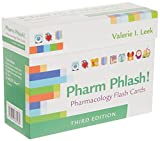
Focus on Pharmacology (8th Edition)
Focus on Nursing Pharmacology makes challenging concepts more approachable. Engaging learning features cultivate your clinical application, critical thinking and patient education capabilities. This updated 8th edition builds on your knowledge of physiology, chemistry and nursing fundamentals to help you conceptualize need-to-know information about each group of drugs.
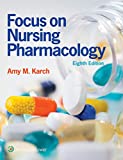
Pharmacology Made Incredibly Easy (Incredibly Easy! Series®)
Nursing pharmacology guide offers step-by-step guidance so you can grasp the fundamentals in enjoyable Incredibly Easy style. This is the perfect supplement to class materials, offering solid preparation for NCLEX® as well as a handy refresher for experienced nurses. Colorfully illustrated chapters offer clear, concise descriptions of crucial nursing pharmacology concepts and procedures.

Lehne’s Pharmacology for Nursing Care (11th Edition)
The Eleventh Edition of Lehne’s Pharmacology for Nursing Care provides a thorough understanding of key drugs and their implications for nursing care. This text, written by renowned nursing educators, helps you comprehend and apply pharmacology principles. A clear and engaging writing style simplifies complex concepts, making even the most challenging pharmacology content enjoyable. We recommend this book if you want a comprehensive nursing pharmacology guide.
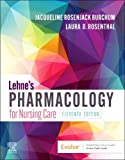
Nursing Drug Handbook
Nursing2023 Drug Handbook delivers evidence-based, nursing-focused drug monographs for nearly 3700 generic, brand-name, and combination drugs. With a tabbed, alphabetical organization and a “New Drugs” section, NDH2023 makes it easy to check drug facts on the spot.
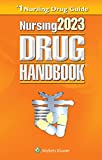
Pharmacology and the Nursing Process
The 10th edition of Pharmacology and the Nursing Process offers practical, user-friendly pharmacology information. The photo atlas contains over 100 unique illustrations and photographs depicting drug administration techniques. Updated drug content reflects the most recent FDA drug approvals, withdrawals, and therapeutic uses.
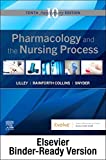
Mosby’s Pharmacology Memory NoteCards: Visual, Mnemonic, and Memory Aids for Nurses
The 6th edition of Mosby’s Pharmacology Memory NoteCards: Visual, Mnemonic, & Memory Aids for Nurses incorporates illustrations and humor to make studying easier and more enjoyable. This unique pharmacology review can be utilized as a spiral-bound notebook or as individual flashcards, making it ideal for mobile study.
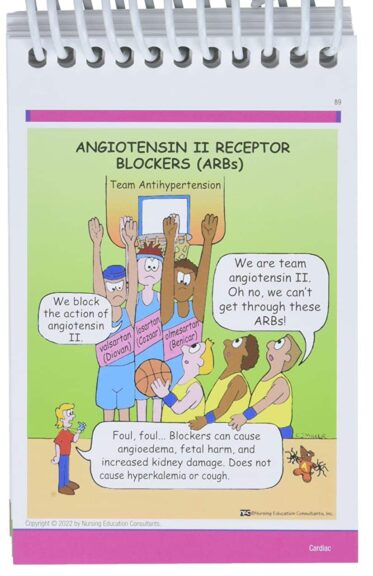
See Also
Here are other nursing pharmacology study guides:
- Nursing Pharmacology – Study Guide for Nurses
Our collection of topics related to nursing pharmacology - Pharmacology Nursing Mnemonics & Tips
These nursing mnemonics aim to simplify the concepts of pharmacology through the use of a simple, concise guide. - Generic Drug Name Stems Cheat Sheet
Learn about these generic drug name stems to help you make sense of drugs easier! - Common Drugs and Their Antidotes
A guide to drug antidotes that nurses should be familiar about. - IV Fluids and Solutions Guide & Cheat Sheet
Get to know the different types of intravenous solutions or IV fluids in this guide and cheat sheet. - Drug Dosage Calculations NCLEX Practice Questions (100+ Items)
Care to take the challenge? This quiz aims to help students and registered nurses alike grasp and master the concepts of medication calculation.
We have a pill for that…
Drug Guides NEW!
Individual drug guides and nursing considerations for the most common medications used in nursing pharmacology:
- Acetaminophen (Tylenol)
- Aspirin
- Atorvastatin (Lipitor)
- Enoxaparin (Lovenox)
- Furosemide (Lasix)
- Gabapentin
- Hydromorphone (Dilaudid)
- Lisinopril
- Metoprolol
- Morphine
Gastrointestinal System Drugs
Respiratory System Drugs
- Antihistamines
- Bronchodilators and Antiasthmatics
- Decongestants
- Expectorants and Mucolytics
- Inhaled Steroids
- Lung Surfactants
Endocrine System Drugs
- Adrenocortical Agents
- Antidiabetic Agents
- Glucose-Elevating Agents
- Hypothalamic Agents
- Insulin
- Parathyroid Agents: Bisphosphonates, Calcitonins
- Pituitary Drugs
- Sulfonylureas
- Thyroid Agents
Autonomic Nervous System Drugs
- Adrenergic Agonists (Sympathomimetics)
- Adrenergic Antagonists (Sympatholytics)
- Anticholinergics (Parasympatholytics)
- Cholinergic Agonists (Parasympathomimetics)
Immune System Drugs
Chemotherapeutic Agents
- Anthelmintics
- Anti-Infective Drugs
- Antibiotics
- Antifungals
- Antineoplastic Agents
- Antiprotozoal Drugs
- Antiviral Drugs
Reproductive System Drugs
Nervous System Drugs
- Antidepressants
- Antiparkinsonism Drugs
- Antiseizure Drugs
- Anxiolytics and Hypnotic Drugs
- General and Local Anesthetics
- Muscle Relaxants
- Narcotics, Narcotic Agonists, and Antimigraine Agents
- Neuromuscular Junction Blocking Agents
- Psychotherapeutic Drugs
Cardiovascular System Drugs
References and Sources
References and sources for study guide:
- Karch, A. M., & Karch. (2011). Focus on nursing pharmacology. Wolters Kluwer Health/Lippincott Williams & Wilkins. [Link]
- Katzung, B. G. (2017). Basic and clinical pharmacology. McGraw-Hill Education.
- Lehne, R. A., Moore, L. A., Crosby, L. J., & Hamilton, D. B. (2004). Pharmacology for nursing care.
- Smeltzer, S. C., & Bare, B. G. (1992). Brunner & Suddarth’s textbook of medical-surgical nursing. Philadelphia: JB Lippincott.
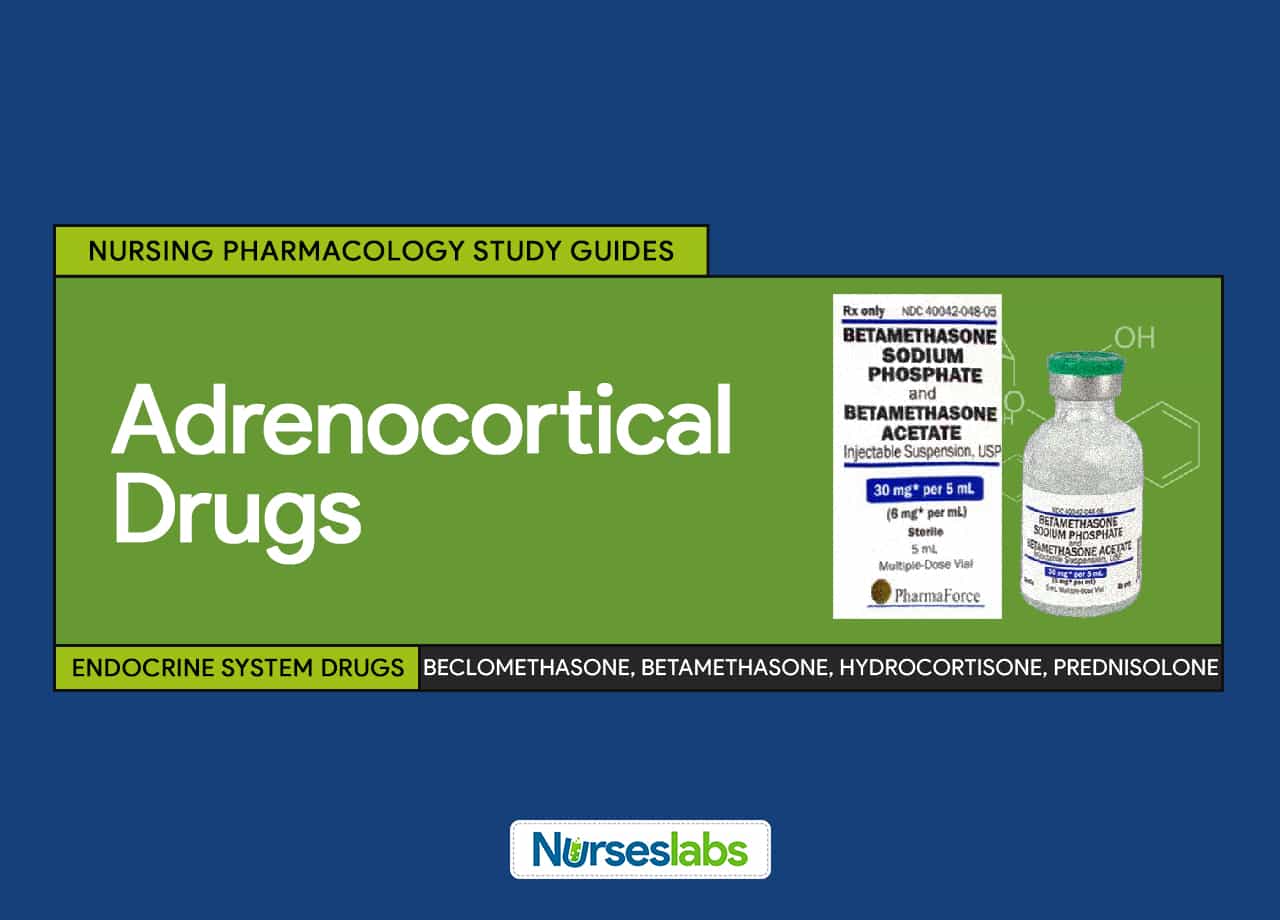



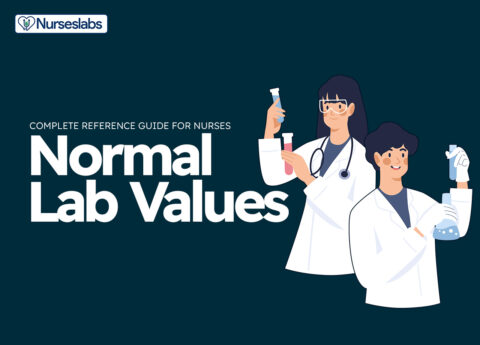

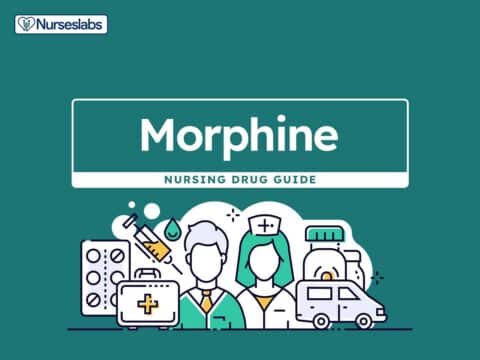
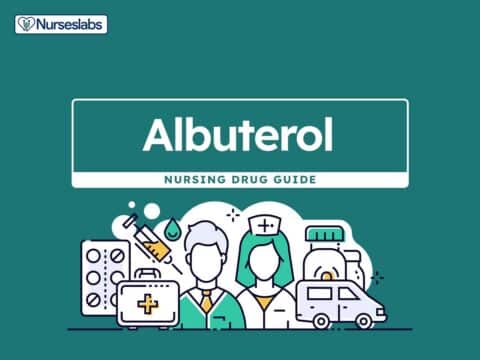
![Furosemide Nursing Considerations and Patient Teaching [Drug Guide]](https://nurseslabs.com/wp-content/uploads/2023/07/Furosemide-480x360.jpg)
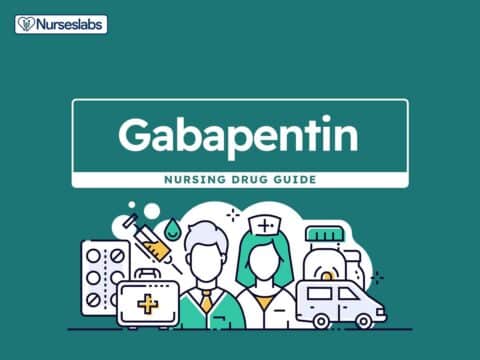
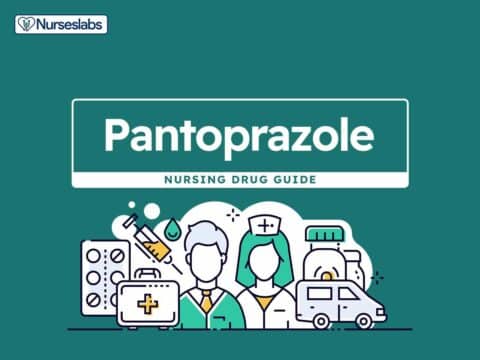
![Lisinopril Nursing Considerations and Patient Teaching [Drug Guide]](https://nurseslabs.com/wp-content/uploads/2023/03/Lisinopril-480x360.jpg)
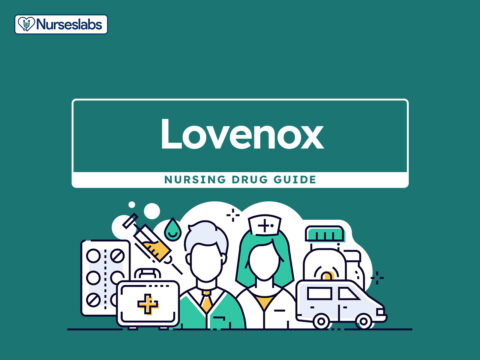
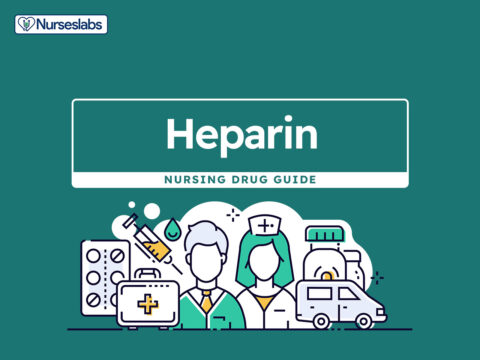
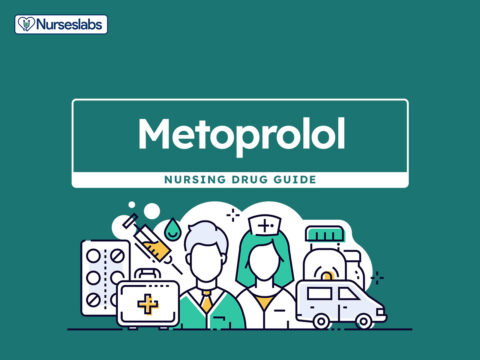
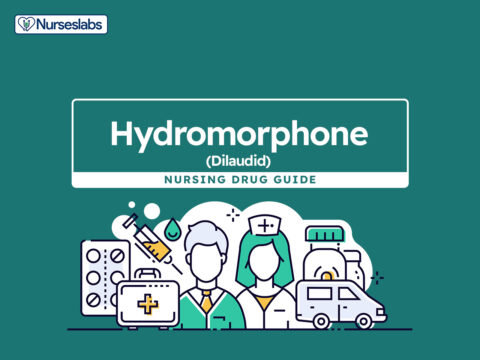
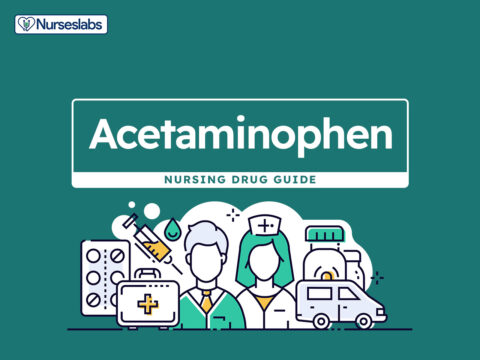

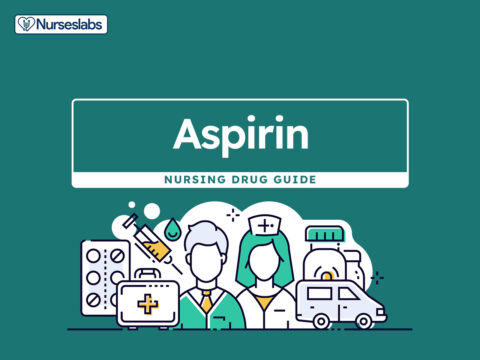
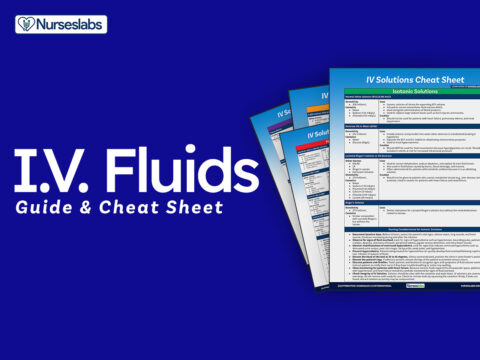
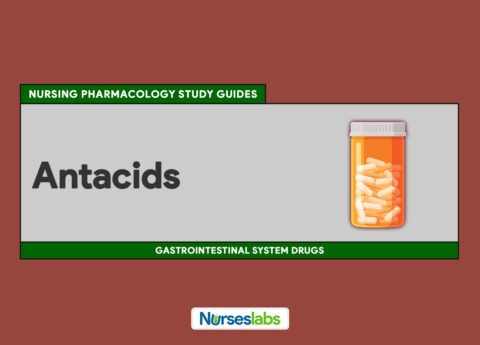
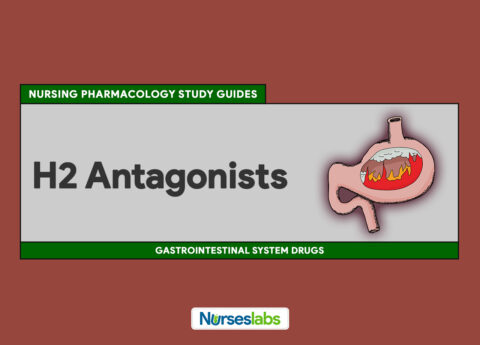
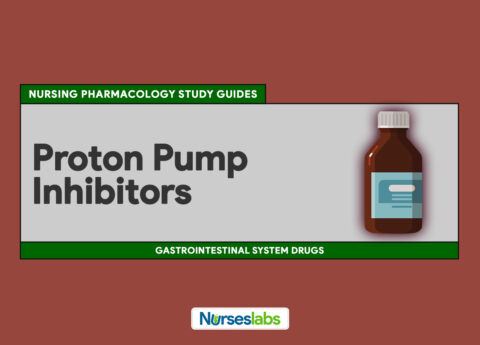
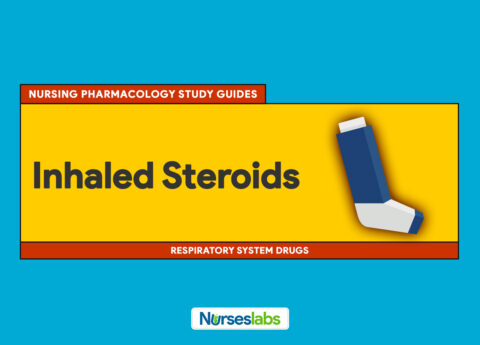
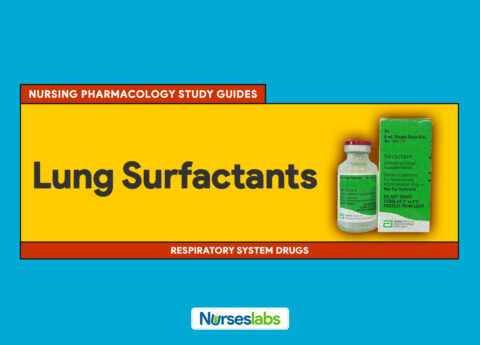

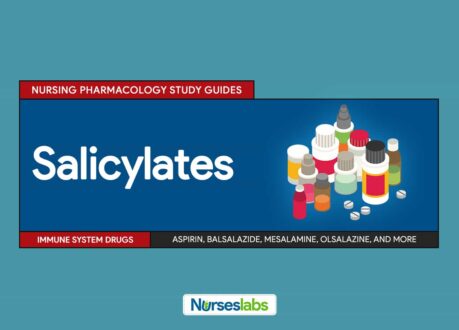

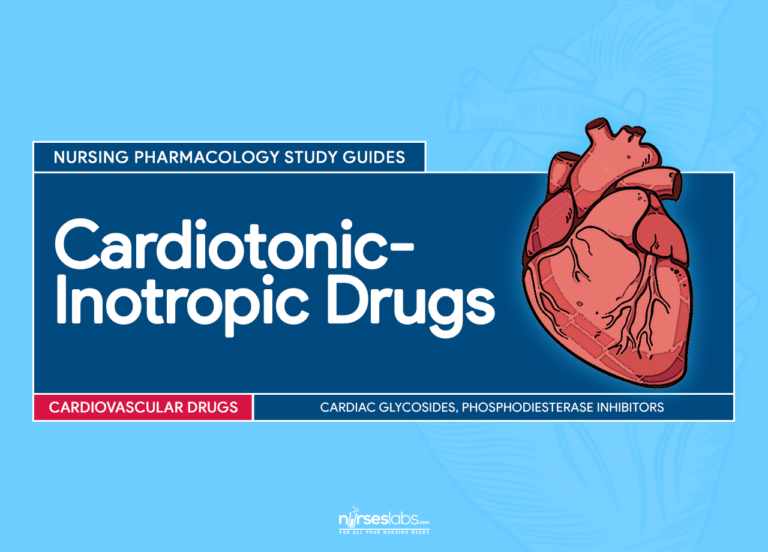
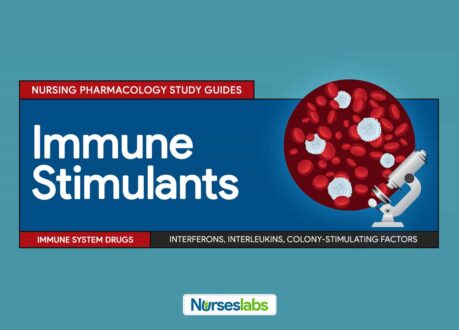

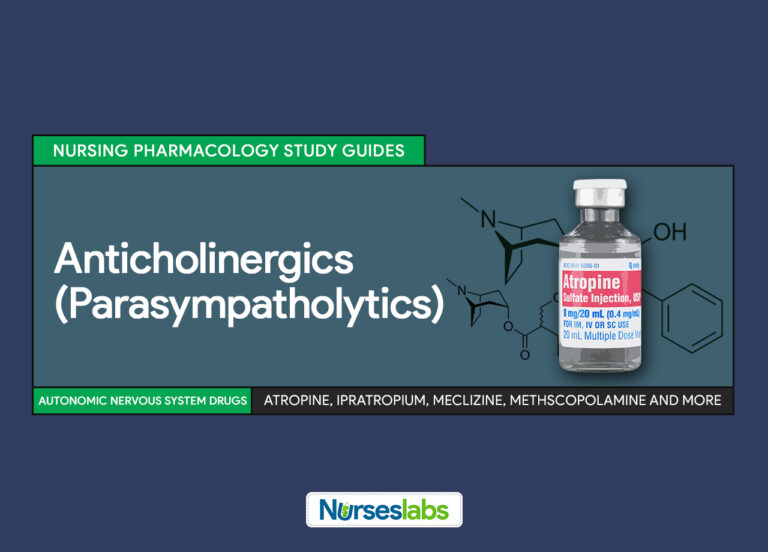
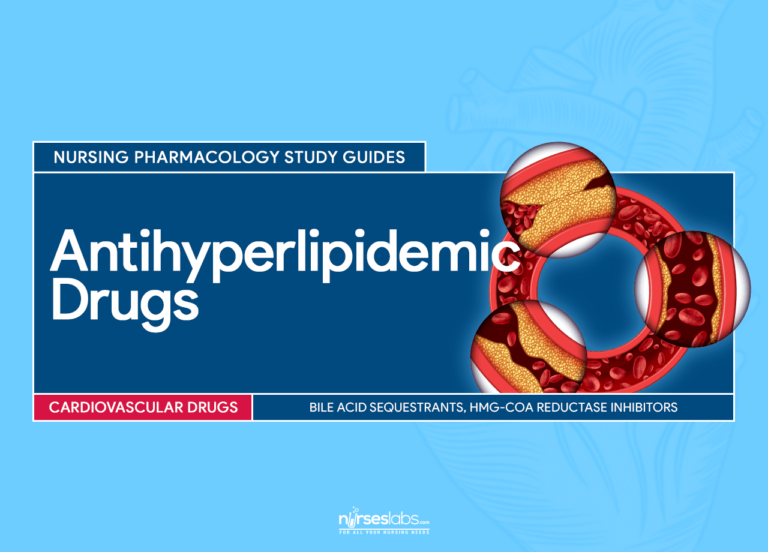
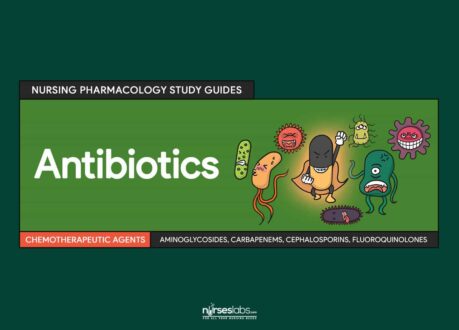

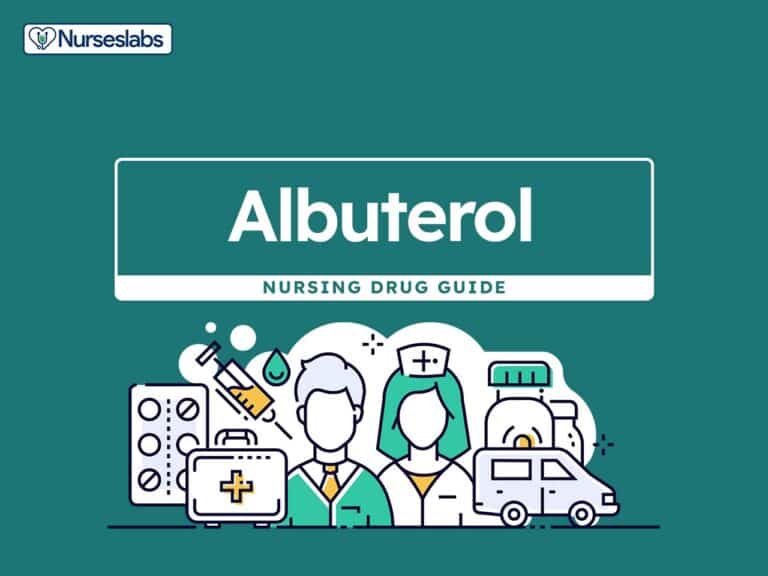
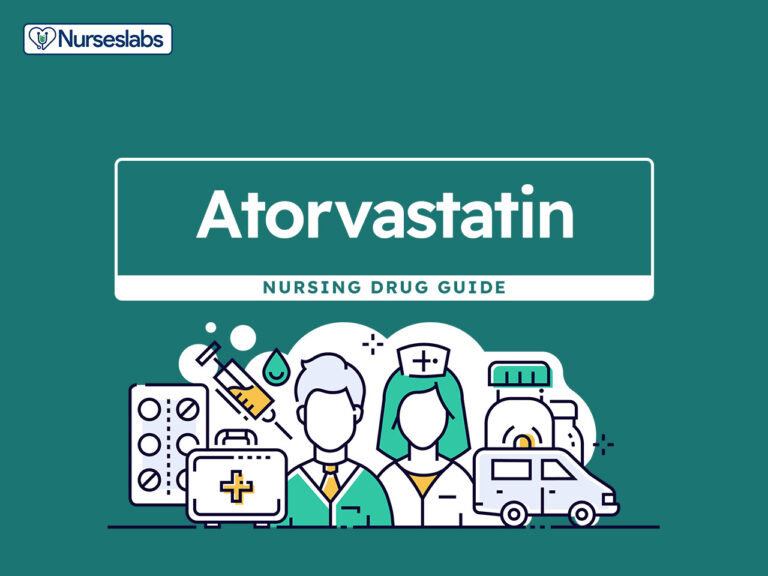
Leave a Comment